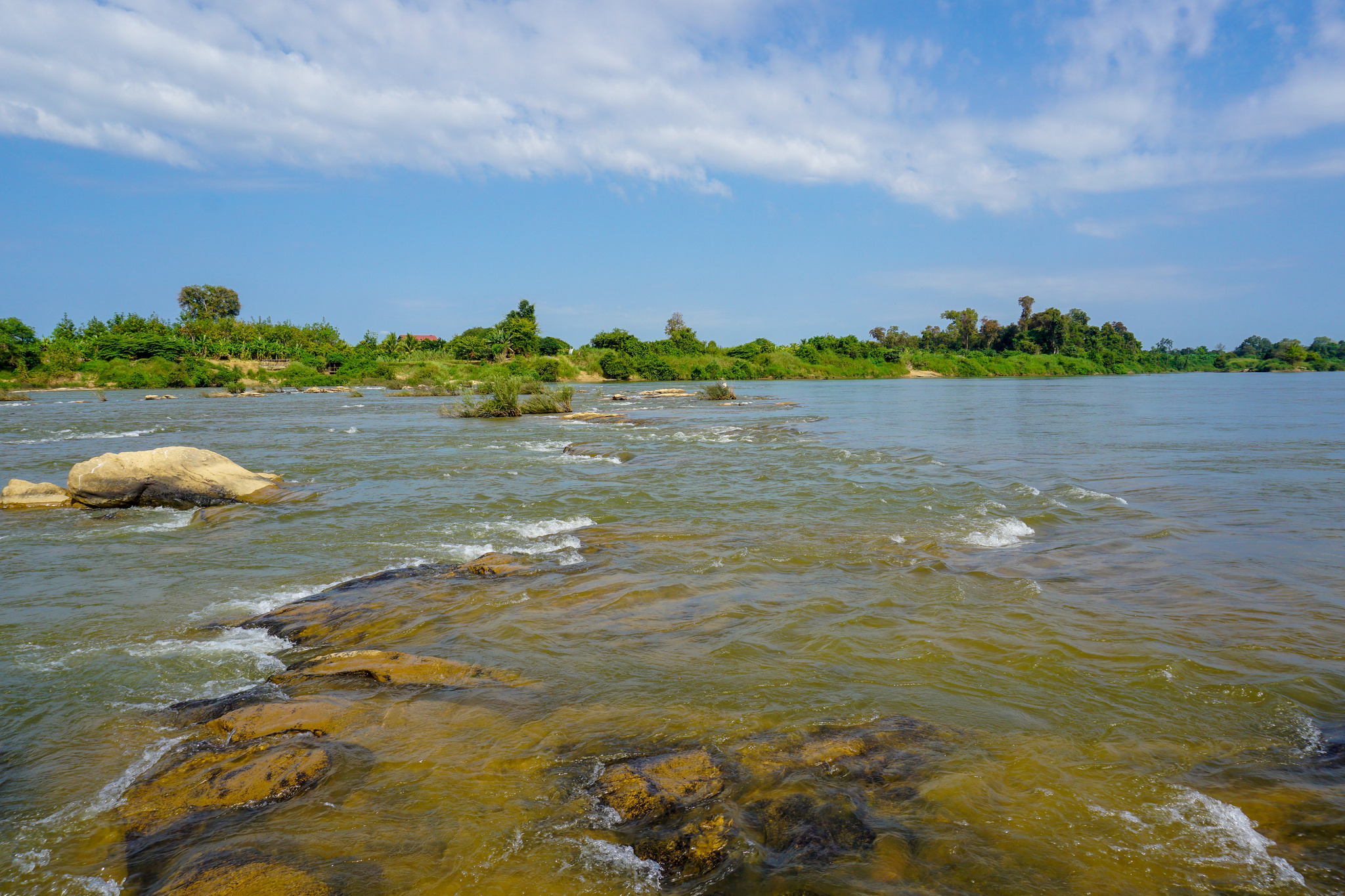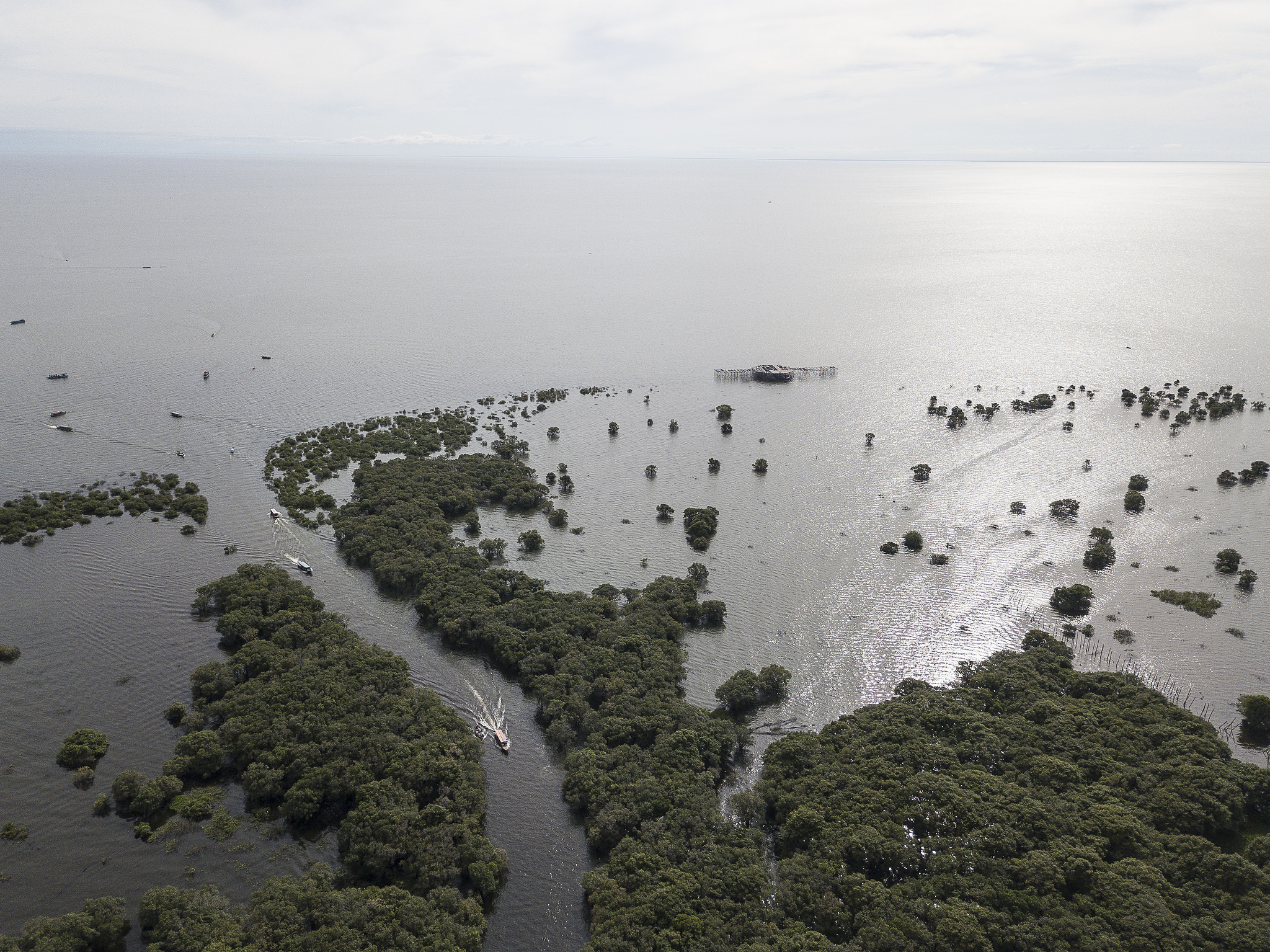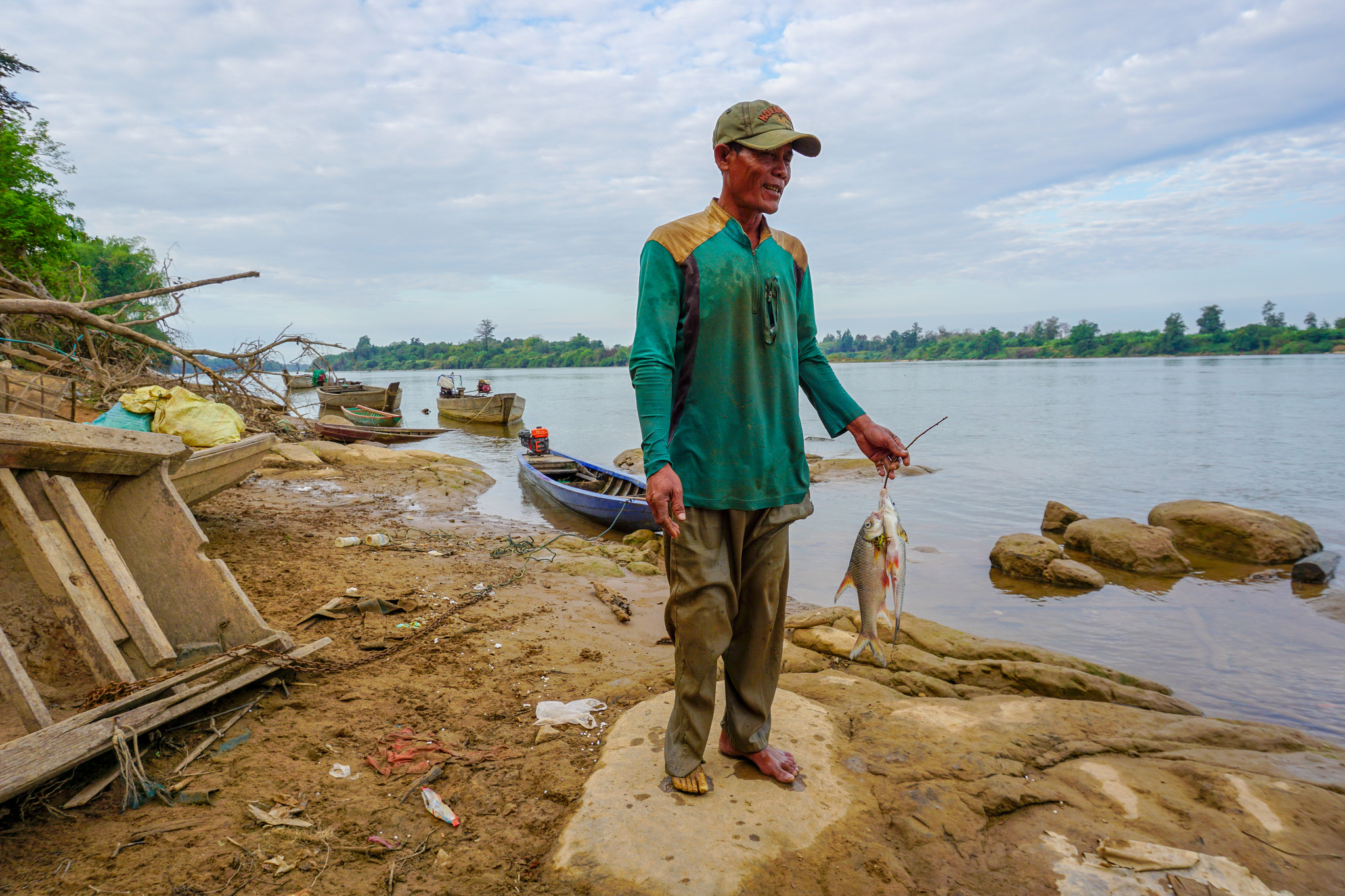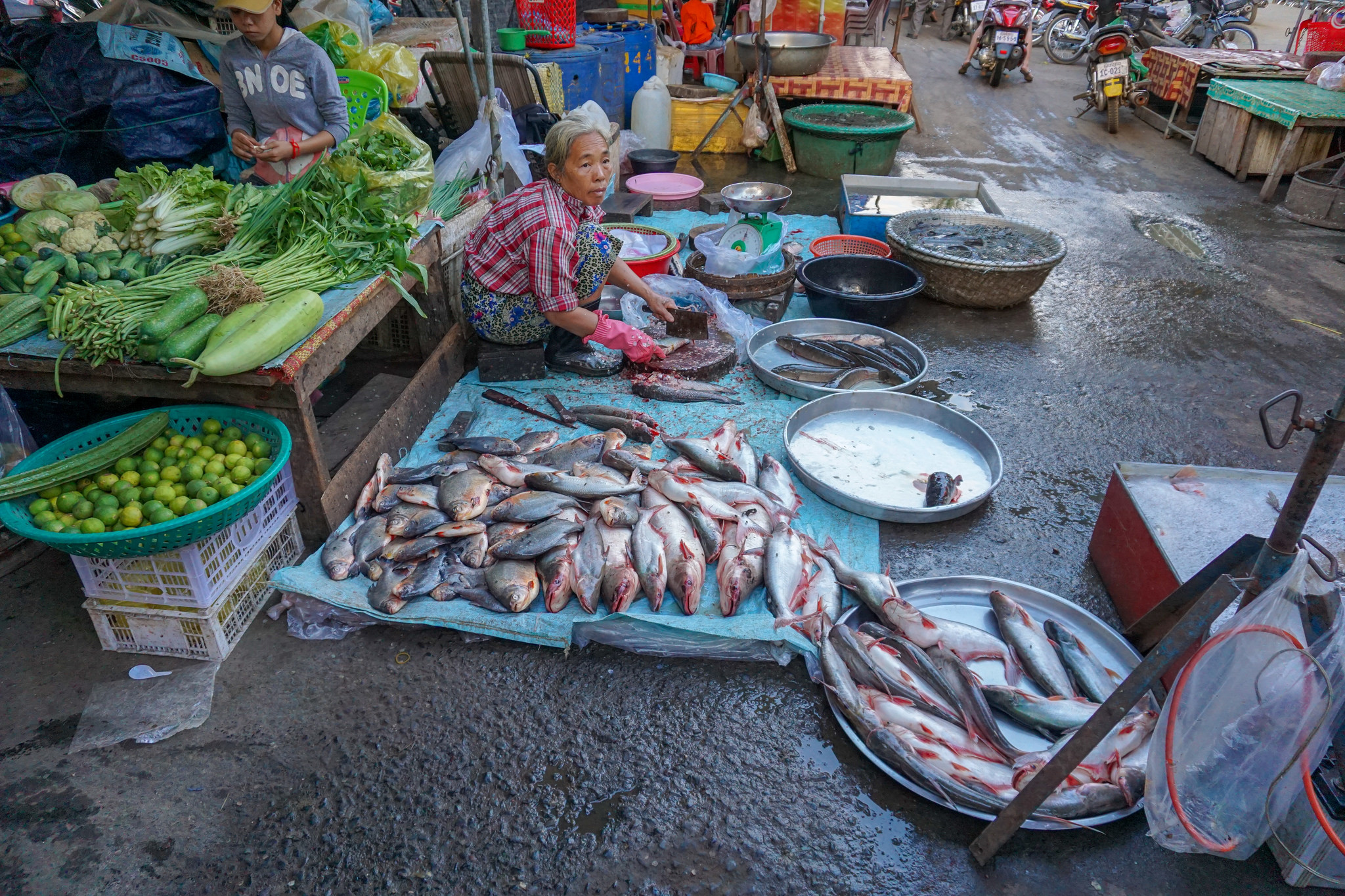
The Mekong River provides many benefits to people, from food and water to livelihood and cultural significance. Wonders of the Mekong researchers are studying how the Mekong produces these benefits, to protect and conserve them for future generations. The researchers are particularly interested in fish migration in the lower Mekong River. Changes in the Mekong throughout the year trigger fish to migrate to different areas during their life cycle. Understanding how these changes drive and affect fish migration will help those who depend on the Mekong for their livelihood.

Take for example the annual flood pulse in the Mekong. Every year, monsoon rains lead to a flood pulse, sending high flows down the Mekong. The amount of water is so high that it causes the Tonle Sap River to reverse its flow, increasing the size of the Tonle Sap Lake. This annual flood pulse triggers fish to migrate and supports the world’s most productive fishery for yields per hectare. Blocking or altering these water levels throughout the basin and year would affect fish migration and production.

The Sekong River, which feeds into the Mekong, is an important spawning area for many fish. Flowing for roughly 500 kilometers, the Sekong is a biodiversity hotspot featuring at least 15 species that live nowhere else in the world. Wonders of the Mekong researchers are investigating the timing of different flows along with fish migration data in the Sekong. This research will help us better understand the role of changing water levels as a cue for fish to migrate for spawning and feeding. Through understanding the relationship between flows and fish migration around the Sekong, we can protect and prioritize areas that species need for different stages of their life cycle.

This story was written by Liana Prudencio, a team member on the Wonders of the Mekong project who is currently a graduate student at Utah State University.